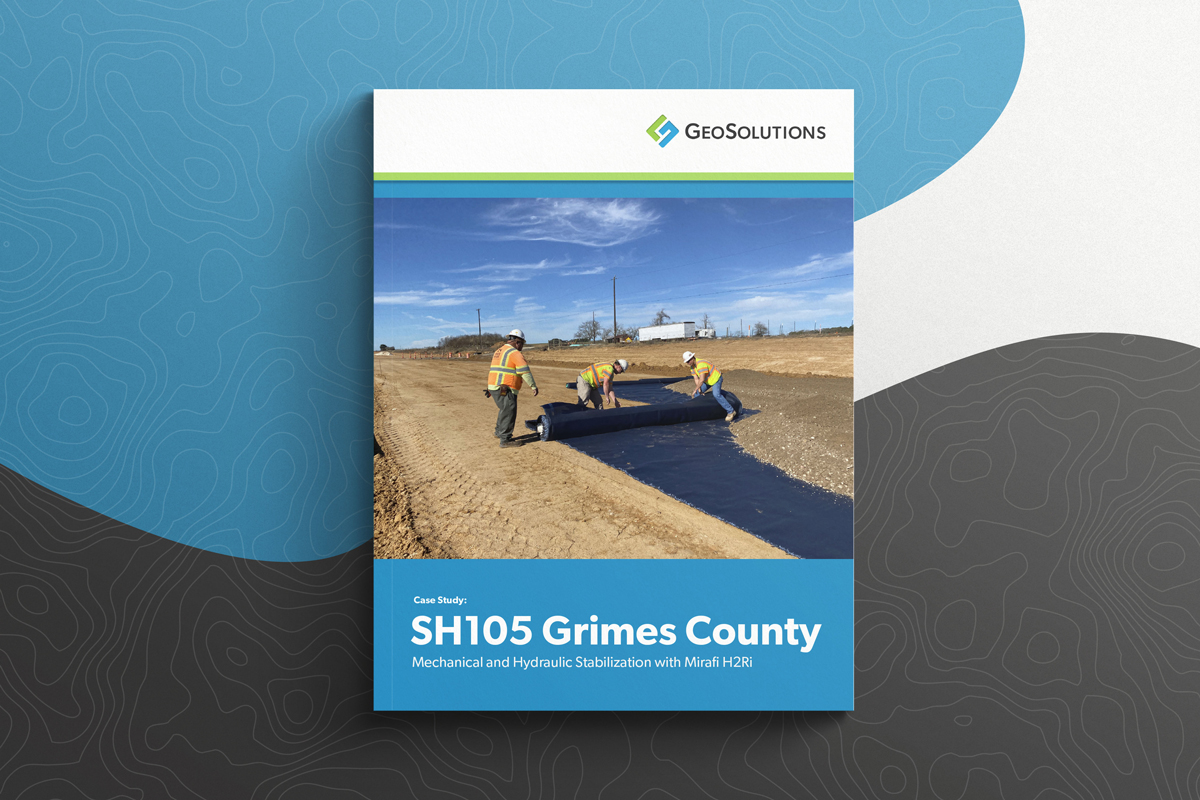
What is an Erosion Control Blanket?
Erosion control blankets are typically biodegradable, open weave blankets manufactured from natural fibrous materials such as cotton, straw, wood, and coconut, held together by synthetic or biodegradable netting. Erosion control blankets, or erosion control mats, are designed to minimize soil loss and serve as a wicking barrier to protect unestablished vegetation. Their ability to wick heavy amounts of stormwater while retaining moisture allows them to create an ideal environment during seeding applications. If you want to make sure your slope doesn't erode during construction, then an erosion control blanket is the perfect solution for you. It will save time and money in the long run by preventing soil from being carried away during construction or storm events while keeping your vegetation intact during germination.
Erosion control blankets are commonly used in construction and land management projects to prevent soil erosion from occurring. Loss of silt or soil on a job site can result in sediment issues downstream to prevent further soil loss. Erosion control blankets prevent rain-soaked grounds from washing away by trapping the sediment underneath while encouraging stormwater to sheet flow overtop the system.
Erosion control blankets are manufactured from natural fibrous materials such as cotton, straw, wood, and coconut. Some blankets are netless, allowing the raw fibrous material to hold the blanket together. Synthetic or biodegradable netting options are available for applications that may see higher water flow velocities or increased traffic loads from construction or maintenance equipment.
Erosion control blankets last anywhere from 45 days to well north of 3 years, depending on what materials they are made of and how they are manufactured. For example, a single net blanket made of 100% straw will degrade faster than that same blanket made from coconut fibers. Installation, application/usage, and weather events also influence the life expectancy of erosion control blankets. To ensure that your blanket lasts as long as possible and performs as it should, be sure to follow the manufacturer's instructions for installation and maintenance.
Before installing your erosion control blanket, clear the area of all debris and unwanted material. Rake the dirt smooth so it's level with the surrounding area, and prepare to lay your blanket. If you intend to apply seed, it is recommended to do this before laying the blanket over your seed. Cut a perimeter trench with a depth-dependent upon the manufacturer’s instructions around the edges of your system. The blanket will be terminated into the perimeter trench to prevent water from undermining your system. Be sure to secure your blanket to the ground with staples or earth anchors. It is crucial to pin down the mat to the soil, not to allow any void space under the blanket, which might cause pockets of erosion. This is especially important to give your seed the best fighting chance to penetrate the blanket.
Erosion control blankets can range from around $0.30 to $3.00 per square yard depending on raw materials, roll size, and netting selections. The industry-standard roll size is a 100 square yard roll with 8’x112.5’ dimensions. It is important to consult with an engineer before determining which blanket will best suit your project. To get an accurate idea of pricing related to your specific job, contact your GEO Pro Today!
Have a question, give us a call and put us to the test.
GeoSolutions provides dependable results for soil stabilization, earth retention, and soil erosion control projects utilizing geotextiles and geogrids, earth anchors, walls and slopes, turf reinforcement, revegetation, containment and geomembrane liners, and more. Contact Us Now
Always be the first to know about new products, resources, and tools that impact our industry and your performance.
FREE Geosynthetics Case Study

Discover how we provided a cost-effective solution to stabilize soft soils below a highway lane widening area. While eliminating the need to cement stabilize the subgrade and allowed the DOT to keep the same design section thicknesses while implementing a solution to address long-term moisture concerns.